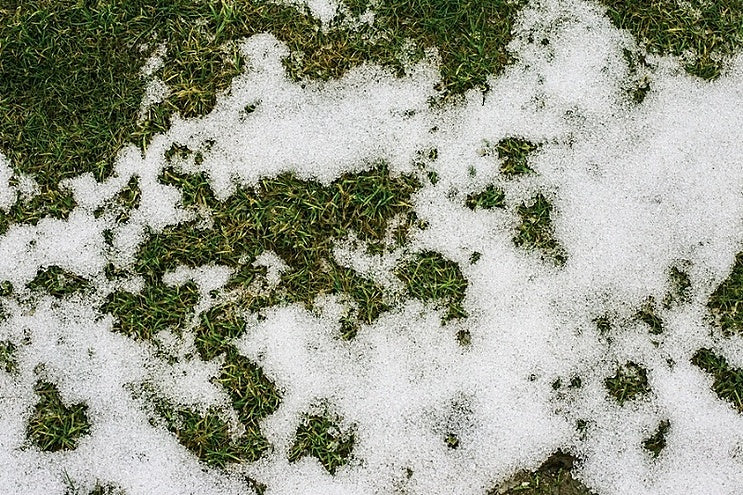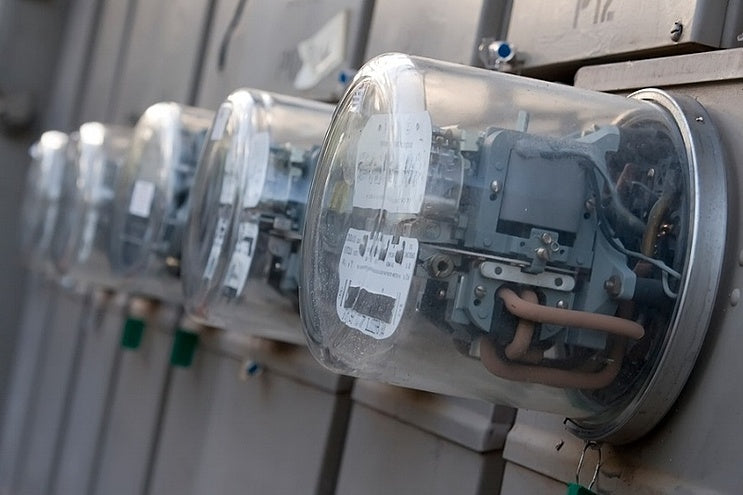Your facility's turf, trees, and greenery serve to make it attractive and to prevent excessive mud and erosion, but "winterkill" is notorious for turning beautiful landscaping into a veritable "death zone." Learning how to care for your turf and trees during winter can help protect them from such unsightly damage.
Winterkill of Turf
There are four main types of winterkill that threaten turf in the colder, northerly parts of the United States:
- Desiccation
When turf is exposed to dry, cold winds throughout the winter, dehydration can kill grass plants. Turf on elevated areas is especially in danger of desiccation, as are certain species like Kentucky bluegrass. To prevent desiccation, top-dress with a heavy layer of sand in late fall or use fabric coverings/ wind screens to guard sensitive areas from wind exposure.
- Low-Temperature Kill
Plants undergo a natural "hardening" process in late fall that prepares them for winter. However, when a warm late fall is followed by an extremely cold early winter, plants may not have hardened off enough to withstand the sudden drop in temperatures. To reduce the risk of low-temperature kill, avoid heavy use of nitrogen-rich fertilizers in mid-fall and re-seeding early (late summer) to give new growth time to mature and harden before winter.
- Ice Encasement
When thick sheets of ice form over the surface of your turf, oxygen levels deplete while toxins accumulate. The end-result, after weeks or even months of "turf suffocation," is dead turf. In regions where wintertime ice-formation is common, it may be best to protect turf with a three-layer covering: a semi-permeable layer, an insulating layer of straw, and an impermeable covering. In milder climates where ice is still a threat, it is better to just remove the ice with melting agents or mechanically.
- Crown hydration
Crown hydration often occurs during late-winter freeze/thaw cycles. When temperatures rise temporarily, turf begins to "de-harden" and grass-crowns to re-hydrate. If temperatures suddenly plummet, ice can form on the hydrated crowns and kill them. Damage can be minimized by improving surface drainage and avoiding practices that might bring turf out of winter-dormancy early.
Winterkill of Trees
Trees, shrubs, and plants can also be damaged/destroyed by winter weather. Since trees are much more costly to replace than grass, special care should be given to taking care of your trees during winter. Some of the threats to trees/plants during the winter with some solutions to use include:
- Salts and deicers can wander off the pavement and hurt your trees or land on them when salt spray is used. Aerating your soil and keeping it well drained on the surface, along with careful use of deicers, are the answers.
- Mice and rabbits often feed on tree bark during winter when food is unavailable. Countermeasures include cutting grass/weeds back two feet from the base of trees to deny mice cover and wrapping tree trunks with screen wire to keep out rabbits.
- Winter storms can bend/break tree branches, especially of evergreens. Bind extended, swaying branches together with twine to minimize the damage.
- A late spring frost can catch trees/plants off guard and kill new root shoots. Mulching heavy around the base will help keep soil temperatures up and reduce the risk.
Being aware of the dangers winter poses to your facility's turf, trees, and foliage and taking action to minimize the risk of damage will save you money and make life easier for your grounds crew next spring. Landscaping is not as essential to operations as some other things are, but it still serves an important purpose and is an investment that needs to be protected.


